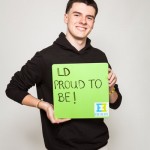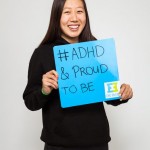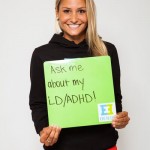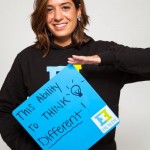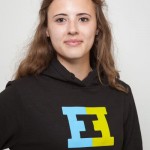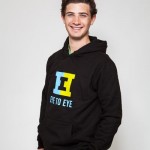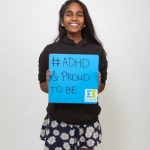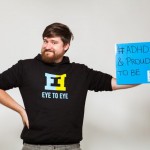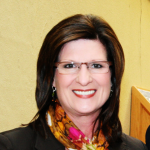Guest Blog post by Laura A. Schifter
At age seven, I was diagnosed with dyslexia. Right after receiving my diagnosis, my parents were told they should not expect much from me and that I would not be successful academically. This assumption came, not from knowing me, not from observing my ability to think, but rather from the simple fact that I had dyslexia, meaning I struggled to read words on a page.
Today, I have a doctorate and teach at Harvard. And many other students with dyslexia find success, too. So why are these assumptions so widespread and expectations so low?
Reading is often seen as the most critical foundational skill in education. Reading is not simply required in English classes, but in all academic classes. This is why it is easy to assume that if a child struggles with reading, they cannot be successful in school. Fortunately for me, my parents did not accept the professional’s assumption as fact.
Growing up, my parents ensured I got the access and support I needed to be successful. My mother allowed me to learn by going to museums or watching videos. I got access to audio books from Reading for the Blind and Dyslexic, and my sister even recorded homemade audio books for me.
However, sometimes these accommodations could not provide the just-in-time support I needed. That’s when I would piece together information from my peers and try to get by. At best, I was able to successfully fake that I had completed the reading. At worst, I would be exposed as not knowing an answer and humiliated.
Even though I had some teachers who looked at me and only saw my barrier with reading, I also encountered many teachers who challenged assumptions and saw my potential. I had an English teacher who met with me before class to discuss the readings; a chemistry teacher who provided additional scaffolding with writing conclusions; and a history teacher who encouraged me to take the Advanced Placement (AP) exam even after I was rejected from the AP class because of concerns that the reading would be too challenging for me. The exceptional teachers I encountered never lowered expectations for my success, but rather found ways to support me in meeting the expectations.
My experiences, with supportive parents and teachers, are common to many successful students with learning and attention issues and even students with disabilities more broadly. However, given the large achievement gaps for students with learning disabilities, these positive and supportive experiences are not common enough.
In schooling, we place a high value on reading because reading is an effective way to represent content. But it does not need to be the only way. In fact, advances in technology can make representing information in multiple ways easy.
For instance, in my graduate work, I learned about the screen reader embedded in my computer. This tool allows me to have immediate read-aloud support for any accessible digital text. I now use it all the time from reading journal articles to reading emails to proofreading my own work. There are also many other types of technology and accommodations that can make a difference for students with learning disabilities.
In order to fully leverage technology as a tool to help struggling learners, teachers need to not only learn how to use the technology, but also commit to making their lessons accessible to all learners. This commitment can only be successful if we shift our thinking. We must think not about the limitations of the child, but about the limitations in the curriculum.
This shift will change our assumptions and enable us to see past the child’s barrier to reveal the child’s potential. It will help so many more students like me succeed.
Laura A. Schifter, Ed.D., is a lecturer at the Harvard Graduate School of Education, coauthor of How Did You Get Here: Students with Disabilities and Their Journeys to Harvard, and a member of the National Center for Learning Disabilities’ Professional Advisory Board.
Previously, Schifter served in Washington, D.C., as a senior education and disability advisor for Rep. George Miller (D-CA) on the U.S. House Committee on Education and the Workforce.
Schifter earned an Ed.D. in education policy, leadership and instructional practice and an Ed.M. in mind, brain and education from Harvard Graduate School of Education. She has a B.A. in American studies from Amherst College. Schifter was diagnosed with dyslexia when she was 7.

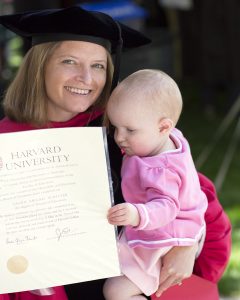
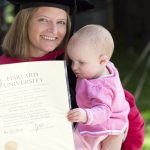

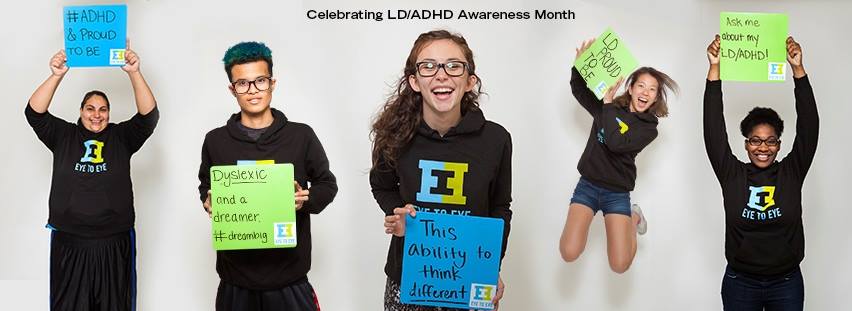
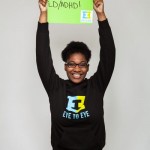
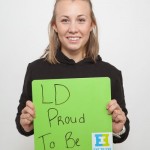
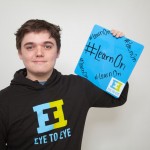 Josh Dishman, Radford University
Josh Dishman, Radford University